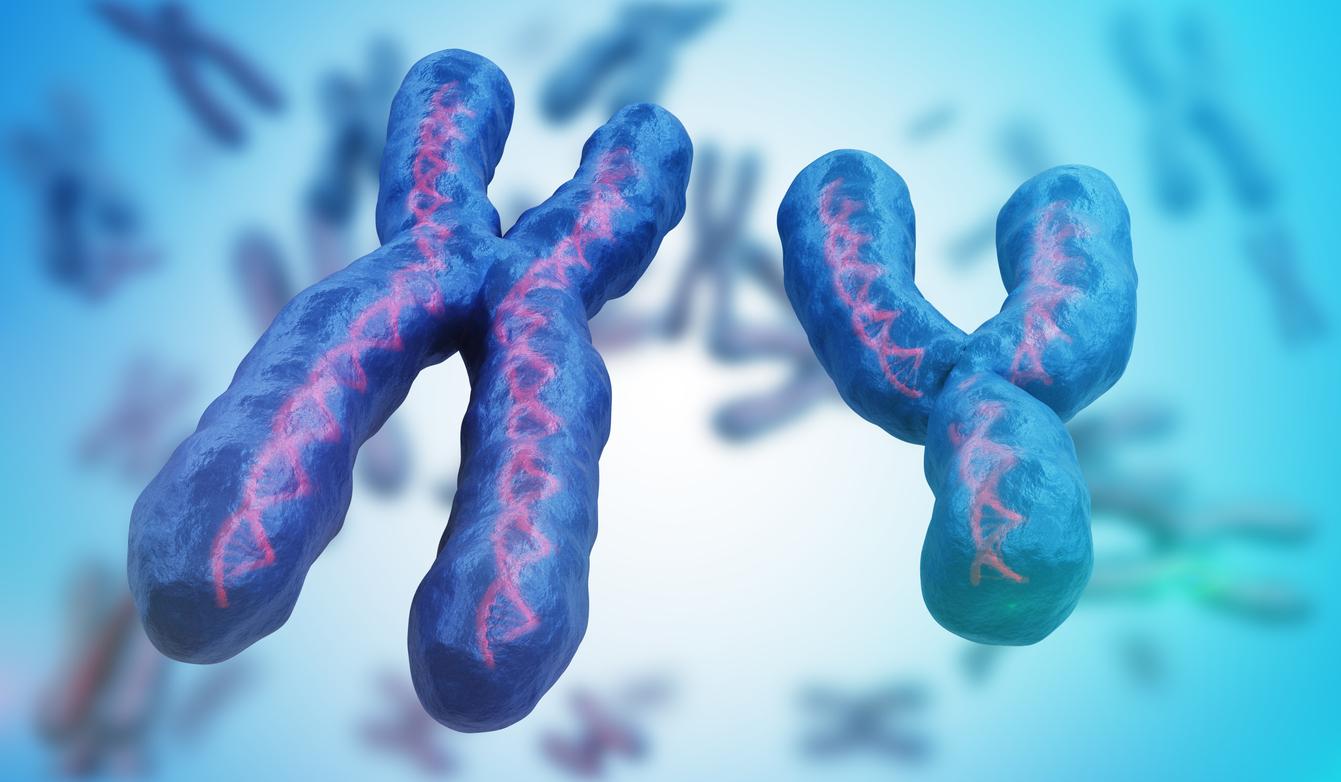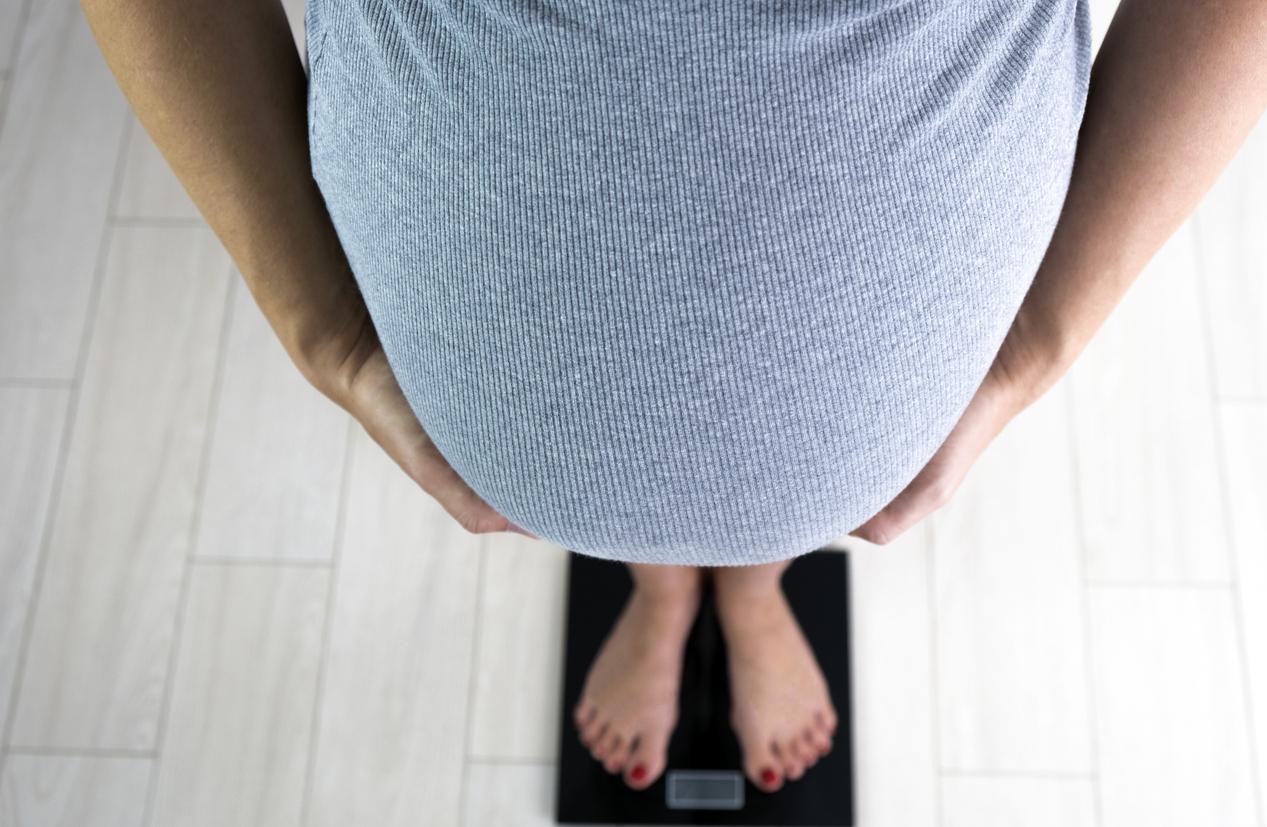Scientists have developed a new, highly accurate method that analyzes metabolic biomarkers to assess whether a child has developed on the autism spectrum, according to results of a study published in the medical journal Plos One. It also makes it possible to make the difference with neurotypical disorders (another mental disorder).
Spectrum Disorderautism affects about 1.5% of children, but its exact cause remains unknown, and diagnosis requires a multidisciplinary team of doctors. Consequently, early detection of this pathology remains complicated.
A biomarker to identify autism
Juergen Hahn and Daniel Howsmon of Rensselaer Polytechnic Institute in New York have developed a new method to identify whether a child has the autism spectrum based on the concentrations of specific substances found in a blood sample.
The scientists used blood data, taken at Arkansas Children’s Hospital, from 83 autistic children and 76 neurotypical children, all between the ages of 3 and 10. With the help of an algorithm, metabolic data allowed researchers to correctly classify 97.6% of children withautism and 96.1% of neurotypical children.
“The method presented in this work is unique in its kind and can classify an individual as having the autism spectrum or as being neurotypical,” says study author Juergen Hahn. to confirm our results.
The National Institute of Health and Medical Research (Inserm) estimates that 100,000 young people under the age of 20 suffer from pervasive developmental disorder (PDD) in France and that infantile autism affects approximately 30,000 of them. between them.
Read also:
Infographic: everything you need to know about autism
The mode of diagnosis of autism would multiply the number of patients
Video: no, the handicap does not prevent the talent!















